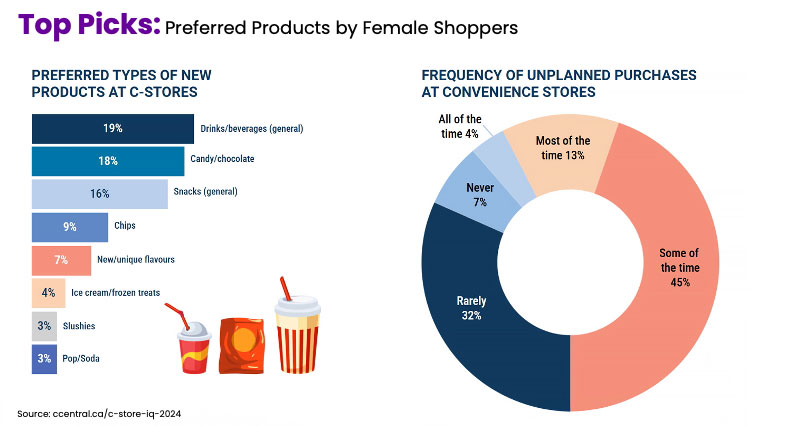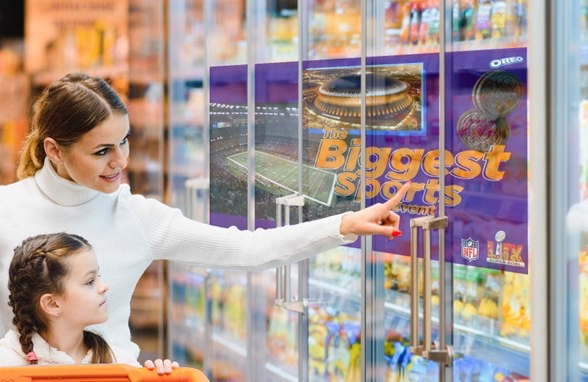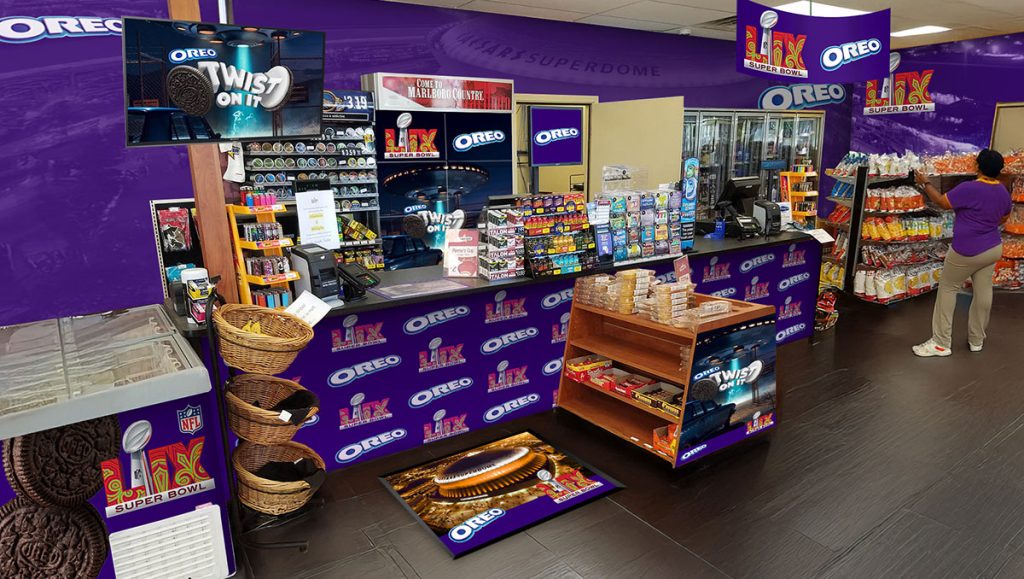Retail media is undergoing a transformation, reshaping how brands engage with shoppers by merging digital precision with in-store influence. The traditional approach of retail marketing—primarily focused on in-store promotions and digital display ads—is evolving into an omnichannel powerhouse that delivers measurable results.
The Shifting Landscape of Retail Media

Retail media networks (RMNs) have rapidly expanded, driven by the shift in consumer shopping behavior and the increasing importance of first-party data. With third-party cookie deprecation looming, brands and retailers are investing in data-rich environments where they can directly reach high-intent shoppers. The power of RMNs lies in their ability to connect digital advertising with real-world shopping experiences, creating a seamless bridge between online intent and in-store action.
Major retailers like Walmart, Amazon, and Loblaw have successfully built robust retail media ecosystems, leveraging shopper insights to personalize advertising and drive conversions. This level of data-driven targeting is changing the game, providing brands with a more effective way to engage consumers at key decision-making moments.
The Rise of In-Store Digital Media
While much of the conversation around retail media has focused on digital ad placements within e-commerce platforms, the next frontier is in-store digital retail media. Digital signage, smart shelves, and programmatic in-store ad placements are turning brick-and-mortar environments into dynamic advertising spaces.
Screens placed at high-traffic areas within retail stores can now deliver hyper-targeted ads based on demographics, purchasing behavior, and even real-time conditions. For example, a shopper browsing the beverage aisle could see a digital ad for a new energy drink, with a mobile retargeting campaign reinforcing the message post-visit. These omnichannel strategies ensure that brand messaging is both contextual and impactful.
Why Retail Media Works for Brands

Retail media provides a unique advantage that other advertising channels struggle to match: closed-loop measurement. Unlike traditional digital advertising, where tracking conversions across multiple platforms can be complex, retail media networks enable brands to measure ad exposure and tie it directly to sales—whether online or in-store.
Key benefits include:
• Data-Driven Targeting – Brands can leverage first-party retailer data to reach shoppers based on real purchase behavior, not just browsing activity.
• High-Intent Audiences – Ads reach consumers at the point of purchase, increasing the likelihood of conversion.
• Measurable ROI – Performance analytics provide clear attribution, allowing brands to optimize campaigns in real time.
Challenges and the Road Ahead
Despite its rapid growth, retail media still faces challenges. Retailers need to enhance ad inventory management, streamline ad-buying processes, and improve standardization across platforms to maximize efficiency. Additionally, balancing personalization with privacy compliance will be crucial as consumer data regulations evolve.
Looking ahead, we can expect more retailers to expand their media offerings, integrating AI-powered personalization, immersive digital experiences, and deeper in-store connectivity. The brands that embrace retail media’s next evolution—blending online precision with offline influence—will be the ones that capture shopper attention and drive sustained growth.
